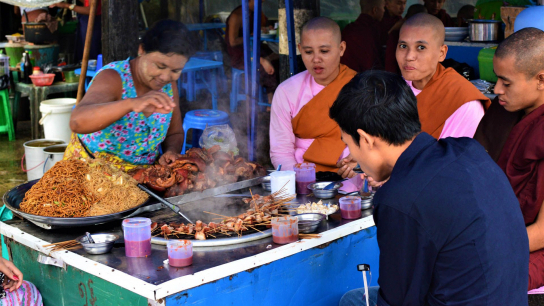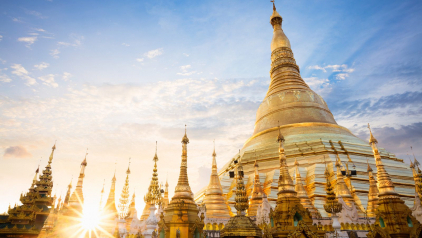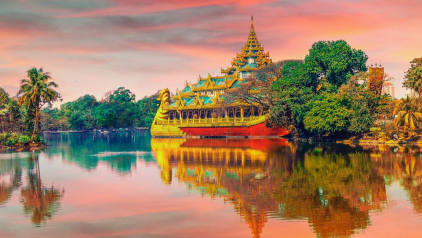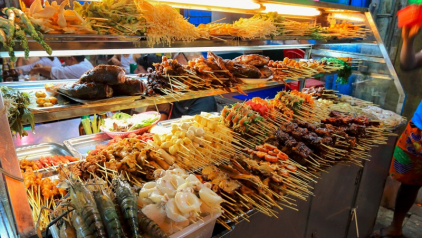Yangon Guide - All you need to know
Explore Yangon for a few days and you too will see why it’s such a unique destination that no traveler to Myanmar should miss. From getting lost in its bustling streets to sharing meals with locals or being awed by the diverse architecture and sacred structures, a trip to Yangon will be an incredible journey into local life of Burmese that you won’t find anywhere else
Yangon, also known as Rangoon, is the largest city in Myanmar located at the junction of Yangon and Bago River. Yangon's capital is one of the most attractive destinations when traveling to Asia and is known as the sparkling jewel in the center of Myanmar. Tourists coming to Yangon will be completely conquered by the clear blue lakes, tree-lined parks and magnificent golden temples. This is the reason why Yangon is called the "Garden of the East".
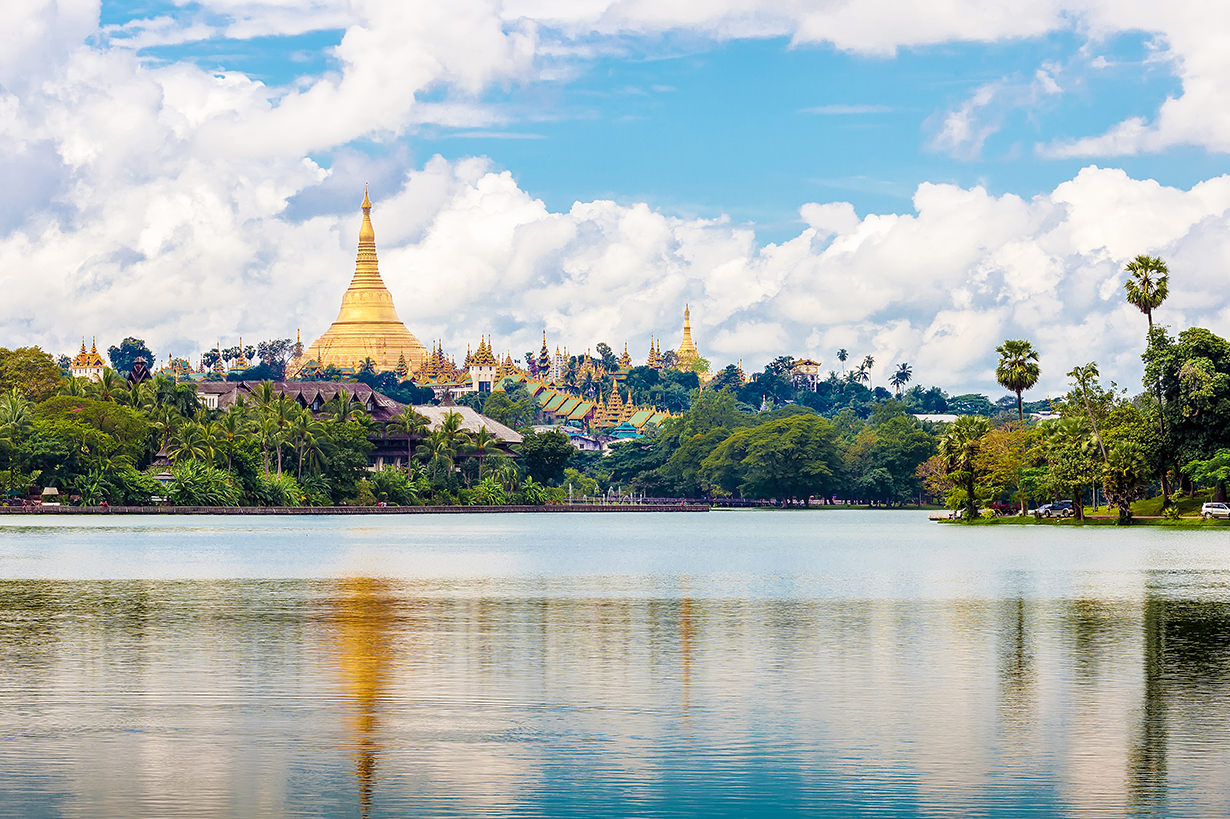
Yangon
Yangon was originally founded in the early 11th century by the Mon, who inhabited the Lower Burma region. The forerunner of this city was a small fishing town of Dagon which was centered around the nowadays Shwedagon Pagoda. King Alaungpaya was the one who renamed it as Yangon, meaning "the end of conflict". By 1885, this name was changed into Rangoon when the British colonialists annexed Myanmar.
The history of Yangon
Yangon has experienced both glory and destruction throughout its history as a strategic center of Burma and, later, a British colonial center. In 1841, Yangon was completely destroyed by fire. The city was rebuilt but later on suffered from the destruction of the Second Anglo-Burmese War in 1852. After ending the Communist regime in 1989, Yagon city has changed quickly. In the early 1990s, the government repaired the city's appearance by cleaning streets and repainting old buildings, while new cars were allowed to operate in the city and mobile phones have also become more popular ever since. Until now, Yangon is still the largest city that plays an important role in the hearts of the Burmese.
Main attractions in Yangon
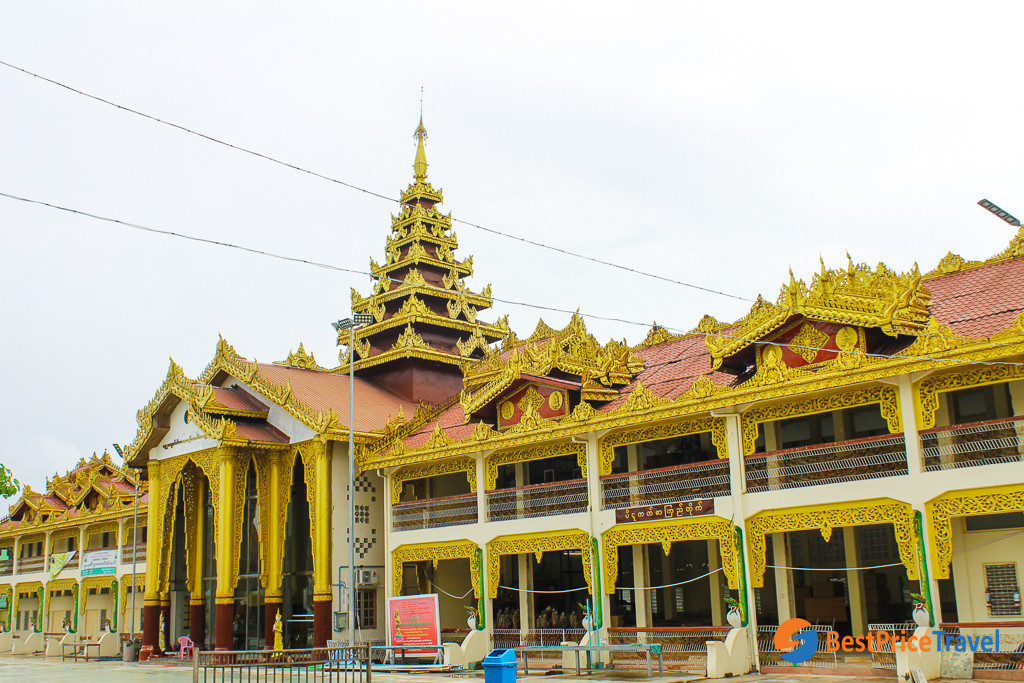
Botahtaung Pagoda Yangon
- Shwedagon Pagoda: Shwedagon Temple is the most popular tourist destination and is considered the National Guard and pride of the Burmese. The pagoda stands on the top of Singuttara Hill, and according to legend, this is a sacred position ever since Time existed. It is believed that Shwedagon is over 2000 years old and it also houses 4 sacred treasures of Buddhism. The temple was built with thin gold leaves creating unique and charming colors. When the light penetrates through every corner of the temple, this place becomes sparkling and fanciful. Especially, the temple is decorated with thousands of rubies and diamonds that will surely leave an unforgettable impression in every tourist’s heart. Shwedagon is featured in a yellowish shade while in the evening, the temple is lit with bright neon lights shining in the heart of Yangon. The pagoda also possesses a large stupa garden, with many traditional materials like woods, bricks, and modern ones such as iron roofs. It can be said that this is a typical Burmese Buddhism pagoda that tourists must visit.
- Botataung Pagoda: Considered one of the three most famous religious sites in Yangon, Botahtaung Temple possesses a quirky yet distinctive beauty. Located on the riverbank in downtown Yangon, at a height of 40 meters, Botataung is considered one of the highest temples in the city. Built 2,500 years ago by the Mon, this is one of Yangon's oldest temples, also the most sacred one among Myanmar's golden religious sites. In the temple ground, there are many small towers surrounding the center. This is where the most sacred Buddha relics are located. Among them is the image of the Bronze Royal Buddha, which was cast in 1859 by the order of King Mindon. The architecture of the stupa is extremely unique, with the hollow interior helping visitors go through and explore the stupas easily. Following the passage, tourists will be amazed by the decorations and the treasures hidden inside the stupas.
- Sule Pagoda: The temple is nearly 50 meters tall, with the gold-plated dome and the octagonal pyramid shape proving the unique features of the Mon ethnic group. The interior and the details are skillfully decorated which will impress tourists. Sule Temple is a unified block, with the highest stupa in the middle, surrounded by auxiliary buildings with various functions, all are elaborately cast with gold leaves. In the middle of the 19th century, Yangon was built by the British to become one of Asia's most beautiful cities. In the planning, Sule Pagoda is located in the central position, the intersection of the biggest and most beautiful streets of the city. Therefore, after visiting the Temple door, visitors can wander on the nearby roads and feel a nostalgic Yangon still retaining many traces of colonial times with ancient architectural works like City Hall, Independent Station, Mahabadola Park ...
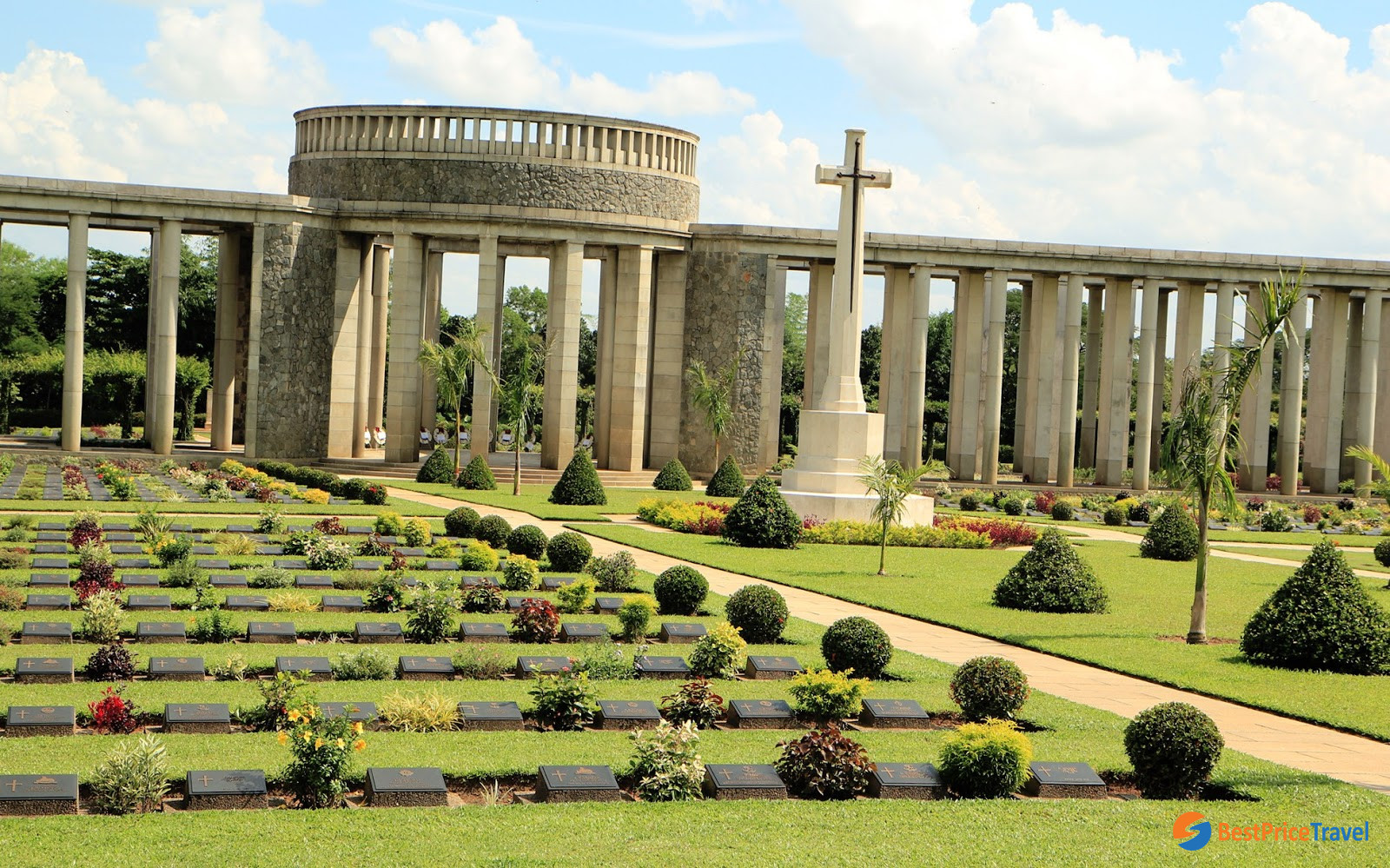
Allied War Memorial
- Allied War Memorial: Located in Mingalodon town, Htauk Kyant Memorial is a must-visit historical site where tourists can pay tribute to the ones who have sacrificed for the peace we have today. Htauk Kyant Memorial is now the resting place of 27,000 soldiers who passed away in the war. The graves here are arranged neatly with the names, ranks, birth, and death dates of the soldiers clearly stated. This is the place where tourists can learn more about the past to treasure the present and the value of peace.
Culture Features in Yangon
Myanmar is a Buddhist country with many Buddhist temples and religious sites. Tourists visiting the temples should pay attention to the costumes to avoid being offensive. Myanmar people are very devoted to Buddhism, so they are very discreet and serious when worshipping at temples. As such, tourists should not wear short clothing items such as sleeveless shirts, shorts, or skirts. Wearing flip flops is highly recommended to conveniently remove when entering temples.
Yangon Weather
November to February is the dry season, which, according to many travel blogs and local experience, is the best time to visit Yangon. The weather is pleasant with a low chance of rainfall, which is perfect for visiting the many historical and cultural sites that Yangon has to offer. Though, it will be crowded with tourists. The coldest months, December and January, have an average temperature of 25 degrees Celsius.
March to May is the hot season, when the weather can be quite unpleasant for tourists who do not like dealing with heat. It is extremely important to pack sun-protected clothing and sunscreen, as well as avoid exploring outside during the hottest hours of the day as the temperature can rise up to 38-39 degrees Celsius.
End of May to October is the rainy season. Despite the occasional rain throughout the day, it is also a good time to visit Yangon to avoid crowds and overpriced services.
Read more about Best time to visit Yangon.
Yangon Transportation
How to travel to Yangon
- Plane: Yangon is a big city thus traveling to Yangon should be easy, through flights from a foreign country or from other Myanmar cities.
- Bus: There are a number of VIP buses that offer air conditioning and comfortable seats. Some will pick you up at your hotel while others meet you at a public departure point in Bagan and Mandalay.
- Train: There is an option to go by train from Bagan and Mandalay to Yangon, but it is less favorable than going by bus if you want to save money. Bagan trains depart in the late afternoon and arrive in the morning in Yangon.
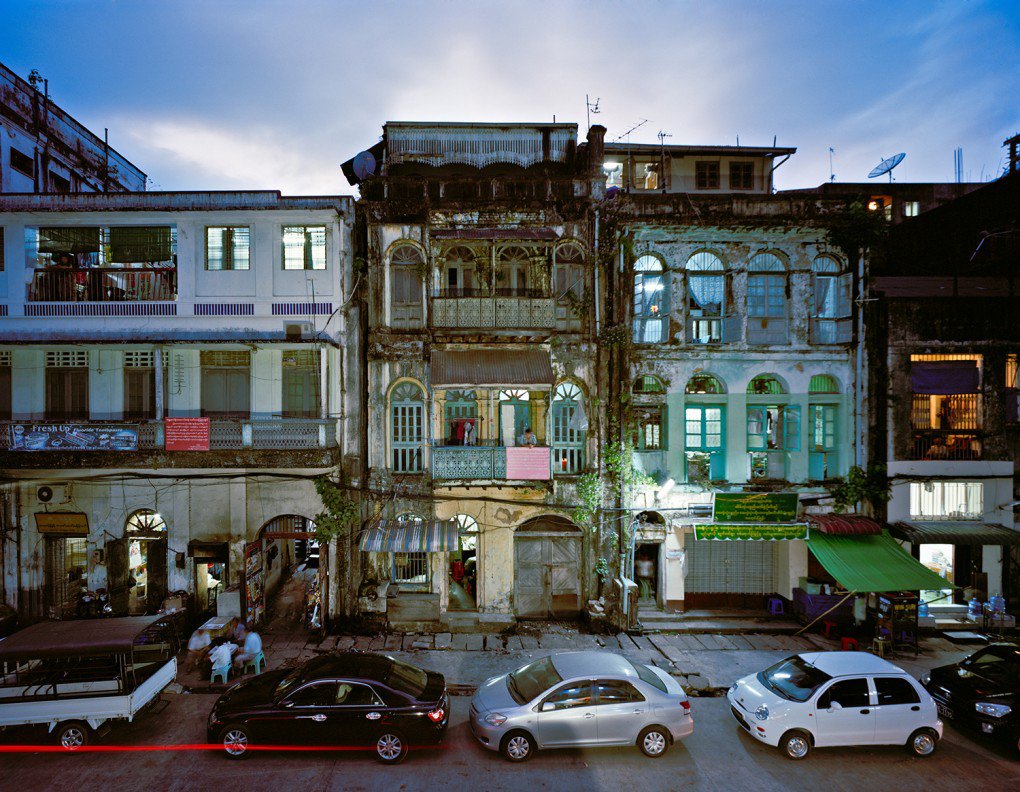
Side Street Off Mahabandoola In Downtown Yangon
How to travel around Yangon
- Rickshaws: The locals usually travel around the city by rickshaw as it brings a very interesting and unforgettable experience. However, rickshaw drivers don’t understand English well.
- Taxis: Taxi prices are fairly cheap. Tourists can hop on the 70s car models and explore the city. It is a convenient and safe way to travel around, and tourists should ask for a local or the hotel employee to write down the destination or directions in Burmese and show it to the drivers
- Grab: Grab App, used to book taxis, has been a popular way of traveling around Yangon as an international tourists. This method of transportation ensures your safety at a reasonable price.
Travel tips in Yangon
- Yangon is a great place for both nature lovers and those who wish to pay homage to Buddhist temples and Burmese historical sites. The magnificent attraction sites here make perfect commemorative pictures for amateur or professional photographers.
- Yangon is also an ideal city to get some souvenirs for friends and families.
- Currency: Local currency in Myanmar is kyat. It is recommended that tourists exchange money at the airport. Tourists can use Kayat when taking a taxi, eating, getting souvenirs, and save USD for large amounts of payment such as hotels, sightseeing tickets.
- Some ATMs may ask if you’d like to proceed “with or without conversion”. Always proceed without conversion to save money.
- Food is cheap and you will find yourself easily enjoying the local food if you have travelled to other Asian countries, as it is not too unfamiliar.
- Religious places will require you to leave your shoes outside upon attendance, so it is recommended to bring an extra pack of tissues.
Recommended Yangon Tours
-
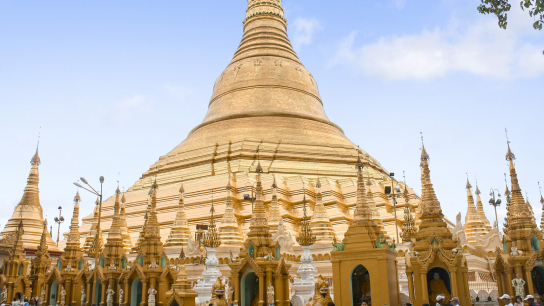 Yangon Sightseeing Tour Full day8.8Very good - 1 reviewMaha Bandula Park - Bogyoke Aung San Market - Chaukhtatgyi Pagoda…/pax
Yangon Sightseeing Tour Full day8.8Very good - 1 reviewMaha Bandula Park - Bogyoke Aung San Market - Chaukhtatgyi Pagoda…/pax -
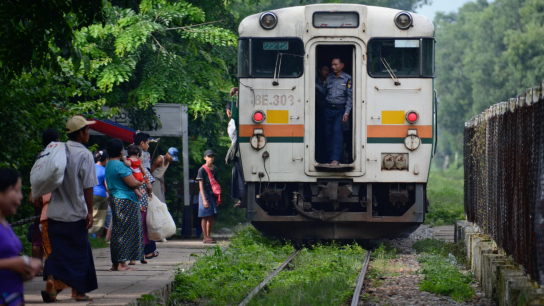
-
